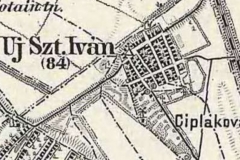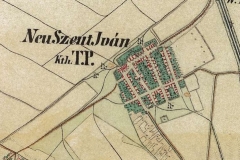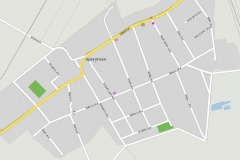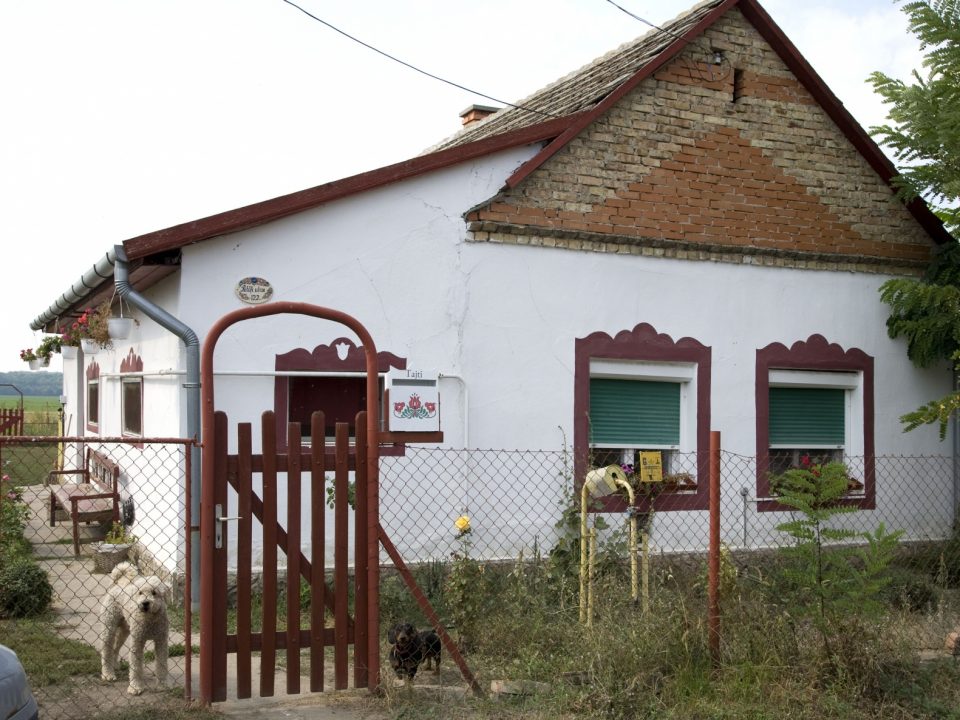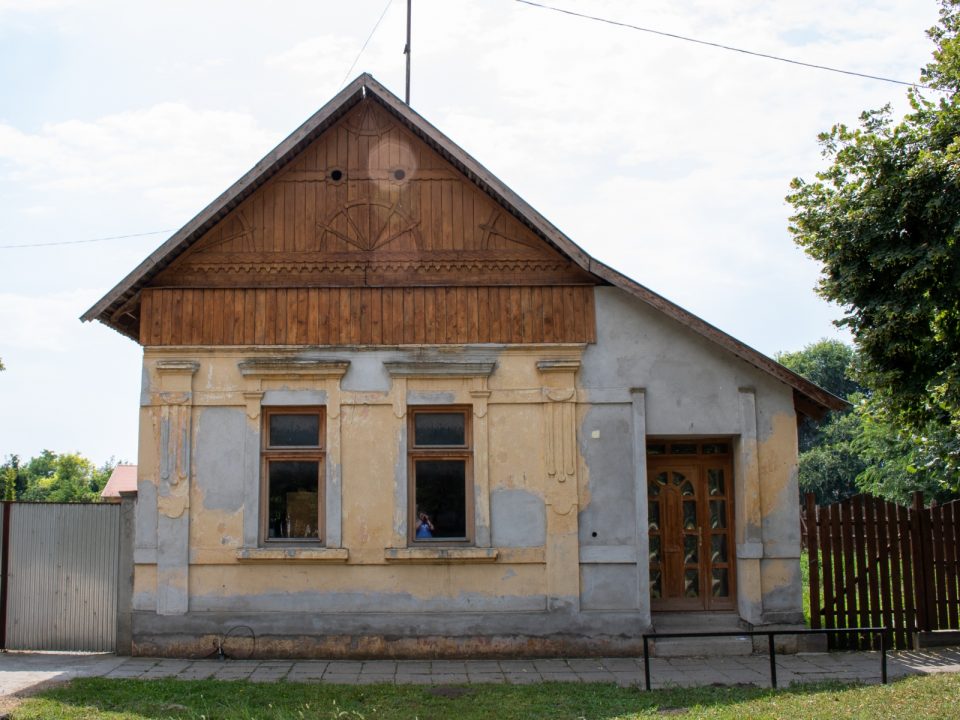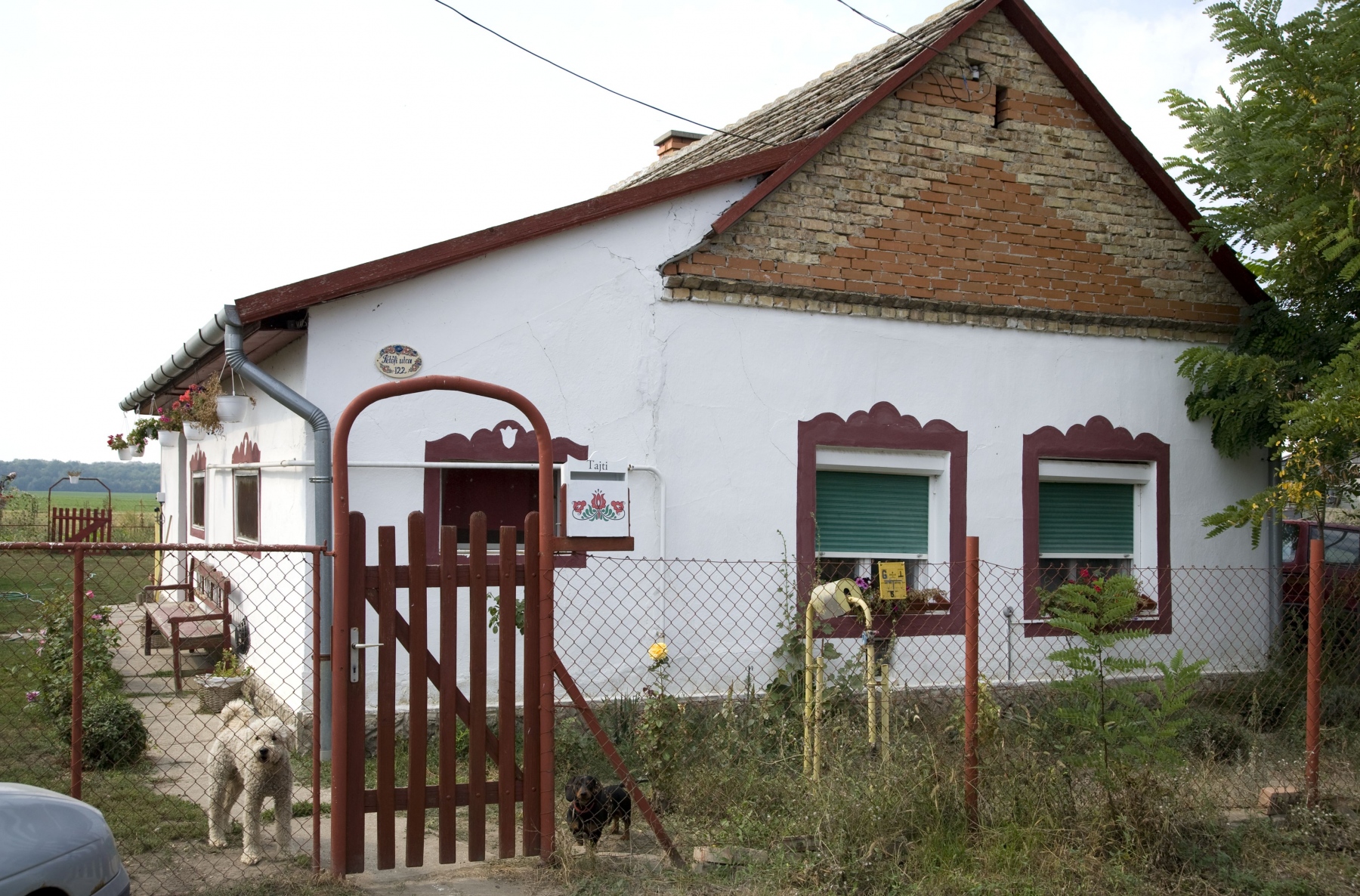
Klárafalva
2020.05.11.This post is also available in:
 Magyar (Hungarian)
Magyar (Hungarian)  српски (Serbian)
српски (Serbian)
Szentiván
The settlement, lying in the angle formed by the rivers Tisza and Maros, was destroyed several times and then repopulated throughout history. It was resettled after the Turkish occupation in the 1730s. The majority of the first inhabitants were of Serbian nationality, then after 1850 they were accompanied by Germans from Őscsanád and tobacco-growing Hungarians from Szeged. The first Serbian population immigrated to the motherland after the World War I, and since then the majority of the population has comprised of Hungarians.
Its border is loess alluvial soil with filled backwaters. It is part of the deepest small region in the country.
In the 19th century, locals mostly dealt with tobacco cultivation, which was later replaced by growing wheat, sunflower, corn and roses. In addition to this, they are also involved in intensive vegetable production in tents on the outskirts of the village.
The historical part of the village, created during settling, typically consists of side streets opening at an irregular angle to the main street. Typical houses built on the side borders of the settlement are longhouses divided in 3 or 4 with pitched roofs, as well as residential houses reflecting an upper middle-class lifestyle built on the street front in closed rows. In the streets outside the centre, there are also canvas-topped square blocks standing separately and detached houses with a loft. Traditional buildings are adobe and/or brick-walled.
The traditional dwellings of the historical part are decorated with plaster, typically with classicizing or eclectic stucco on their façades. Of particular note are the window frames and ornaments on the façade, which often have a year and lettering (year of construction, name of the builder). The most beautiful examples of this can be seen in Újvilág and Rákóczi streets.
Its population in 2015 was 1,899 people.

